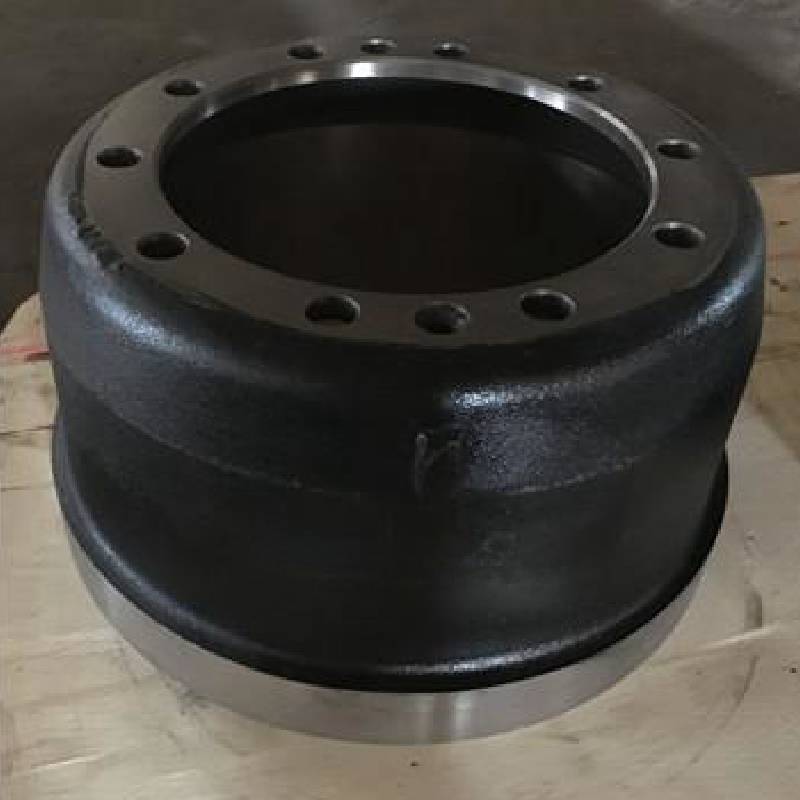Dec . 10, 2024 21:54 Back to list
Understanding Brake Drum Wear and Its Impact on Vehicle Performance
Understanding Brake Drum Wear Causes, Effects, and Prevention
Brake systems are crucial to vehicle safety, and understanding the factors that contribute to brake drum wear is essential for both vehicle owners and professionals in the automotive industry. Brake drums, which are part of a drum brake system, play a vital role in slowing and stopping vehicles. Over time, these components can wear down, leading to reduced braking efficiency and potentially dangerous situations. This article explores the causes of brake drum wear, the effects it has on vehicle performance, and preventive measures that can be taken to extend the life of brake drums.
Causes of Brake Drum Wear
1. Friction Material Breakdown The primary cause of brake drum wear is the friction material that presses against the drum when brakes are applied. Over time, the repeated friction generated during braking can lead to the wearing down of both the brake shoes and the drum surface. High performance brake materials, designed to provide excellent stopping power, can sometimes accelerate wear if not properly matched to the drum material.
2. Overheating Excessive heat generated from heavy braking can cause brake drums to expand and warp. This warping can lead to uneven contact between the shoes and the drum, causing increased wear. Frequent hard stops, especially in hilly terrains, can exacerbate this issue.
3. Lack of Maintenance Regular maintenance is crucial to prolonging the life of brake components. Neglecting to replace worn brake shoes or failing to adjust brake systems can lead to increased wear on brake drums.
4. Road Conditions Driving on rough or uneven surfaces can subject brake drums to greater stress, leading to accelerated wear. Additionally, exposure to moisture and road chemicals can contribute to corrosion, further compromising the integrity of brake drums.
5. Improper Installation Incorrectly installed brake components can lead to misalignment, causing uneven wear. It’s vital that brake systems are installed by experienced technicians to prevent such problems.
Effects of Brake Drum Wear
The wear of brake drums can have several significant effects on vehicle performance
1. Decreased Braking Efficiency Worn brake drums may not provide sufficient friction, resulting in longer stopping distances. This can be particularly hazardous in emergency situations where every fraction of a second counts.
brake drum wear

2. Vibration and Noise Worn or warped brake drums often lead to vibrations through the brake pedal and noise during braking. This can not only be unsettling for the driver but can also indicate more severe underlying issues within the braking system.
3. Increased Repair Costs As brake drums wear, they can also damage associated components like brake shoes and wheel cylinders. This can lead to more extensive repairs and increased costs for vehicle owners.
4. Safety Risks Ultimately, the most critical effect of brake drum wear is the potential safety risk it poses. Compromised brake systems can lead to accidents, making it imperative that drivers remain vigilant about the condition of their braking components.
Preventive Measures
Preventing brake drum wear involves several proactive steps
1. Regular Inspections Vehicle owners should have their brake systems inspected regularly. Professionals can identify issues before they escalate, ensuring that components are functioning smoothly.
2. Scheduled Maintenance Following the manufacturer’s maintenance schedule not only includes replacing brake shoes at the right intervals but also involves checking and resurfacing brake drums as needed.
3. Driving Habits Modifying driving techniques can reduce brake wear. Avoiding sudden stops and minimizing excessive braking, especially on highways, can prolong the lifespan of both brake shoes and drums.
4. Quality Parts When replacing brake components, opting for high-quality parts that are compatible with the vehicle can lead to better performance and a longer life for the braking system.
Conclusion
Understanding brake drum wear is essential for maintaining vehicle safety and performance. By recognizing the causes and effects of this wear, as well as implementing preventive measures, vehicle owners can ensure their brakes remain effective, ultimately safeguarding themselves and others on the road. Regular maintenance and mindful driving are key components in prolonging the lifespan of brake drums and ensuring reliable vehicle operation.
-
Volvo Brake Drum: OEM Quality, Optimal Safety
NewsAug.27,2025
-
Durable Brake Drum MAZ for Heavy Duty Trucks | High Performance
NewsAug.26,2025
-
FUWA: Premium Quality, Reliable Performance & Innovative Solutions
NewsAug.25,2025
-
Liza Brake Drum: Superior Quality & Performance for Safe Driving
NewsAug.24,2025
-
Iveco Brake Drum | Premium OE Quality for Daily & Eurocargo
NewsAug.22,2025
-
Your Brake Drum Man: Quality & Performance Parts
NewsAug.21,2025
